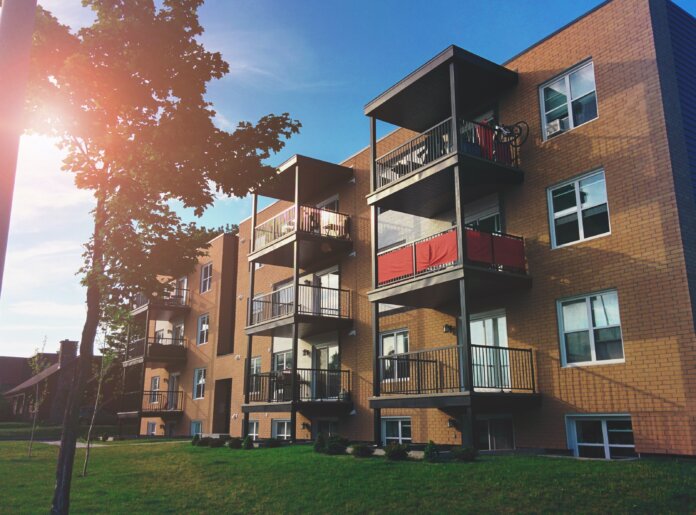The U.S. Department of Housing and Urban Development (HUD) and the Federal Housing Administration (FHA) have updated the requirements for several multifamily mortgage insurance programs in order to increase financing flexibility for lenders and developers.
The changes will help increase individual loan proceeds available to developers and decrease the cash needed to close for FHA transactions, HUD says in a release.
This will allow FHA transactions to be more competitive with today’s market needs while encouraging lenders and developers to provide affordable rental homes for those of modest means.
The changes are in keeping with the Biden-Harris Administration’s commitment to expand housing supply by increasing the number of affordable and market rate housing units, HUD says.
The FHA is taking this action for two categories of transactions: those that primarily help a property that offers, or will offer, rent-assisted affordable rental homes.
This means properties targeted to individuals and families with incomes at or below 80% of the area median Income.
For these properties, FHA is decreasing the required debt service coverage ratios (DSCRs) and increasing the maximum allowable loan-to-value/loan-to-cost (LTV/LTC) ratios for mortgages it insures under its 223(d)(4) and 223(f) programs.
In addition, FHA has announced policies for a new category of mortgages on properties where at least 50% of the rental homes are targeted to individuals and families with incomes at or below 120% of the area median Income.
The creation of this new set of underwriting thresholds for the development of “middle income” rental housing responds to market needs using the existing FHA 221(d)(4) loan program.
“These changes are part of a series of FHA initiatives aiming to meet the evolving needs of lenders, developers, and affordable housing providers as we work toward our shared goal of increasing the availability of quality affordable rental housing,” says Julia Gordon, commissioner of FHA, in the release. “During this Administration, we’ve sought to make policy changes that achieve a double bottom line: making it easier for FHA’s private partners to access our programs while helping provide more safe and affordable homes to the low-income individuals and families who need them.”
“HUD worked closely with many multifamily lenders and other stakeholders in the development of these policy changes,” adds Ethan Handelman, deputy assistant secretary for multifamily housing programs. “We’re grateful for the thoughtful engagement from so many stakeholders, including the comments submitted through HUD’s Drafting Table.”
In a statement, Bob Broeksmit, president and CEO of the Mortgage Bankers Association, applauded the changes.
“MBA is leading the industry’s efforts with HUD to make its FHA multifamily lending programs less costly and more competitive, with a goal of increasing the supply of affordable rental housing in communities across the country,” Broeksmit says. “HUD’s decision to refine FHA underwriting criteria to more appropriate levels should result in an increase in production of much-needed rental housing by tens of thousands of units over the next three years at little to no additional risk to the FHA fund or taxpayers.”
“We appreciate HUD’s receptiveness to MBA’s and our members’ advocacy on this issue and look forward to working with the incoming administration, Congress, and other industry stakeholders on additional ways to encourage the development of more affordable rental housing,” Broeksmit adds.
Photo: Sigmund












